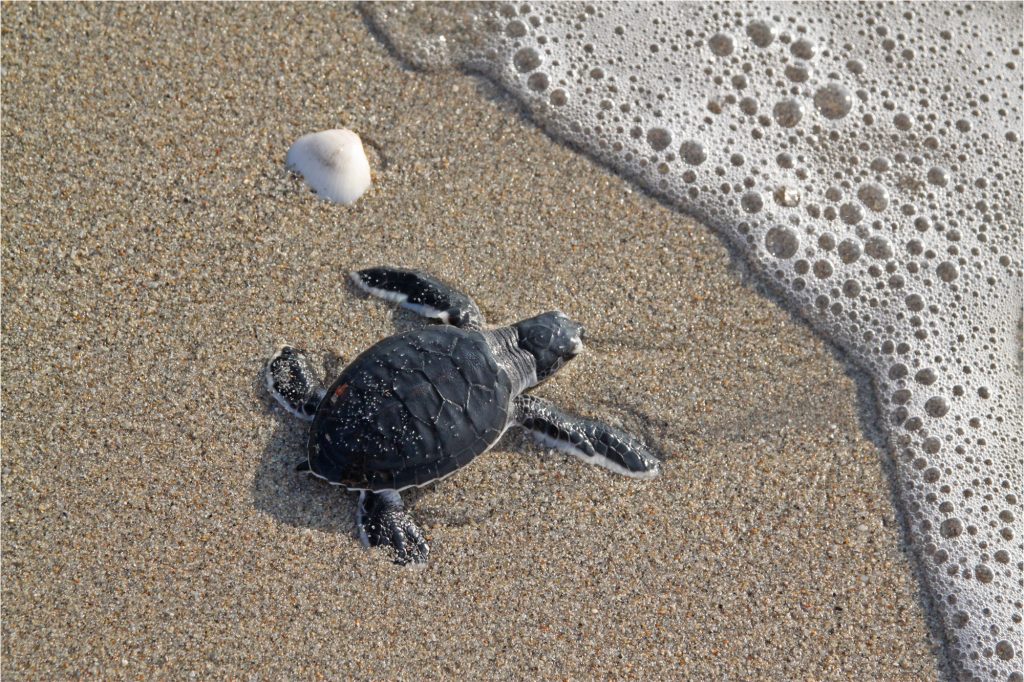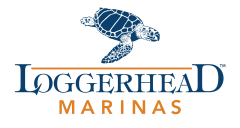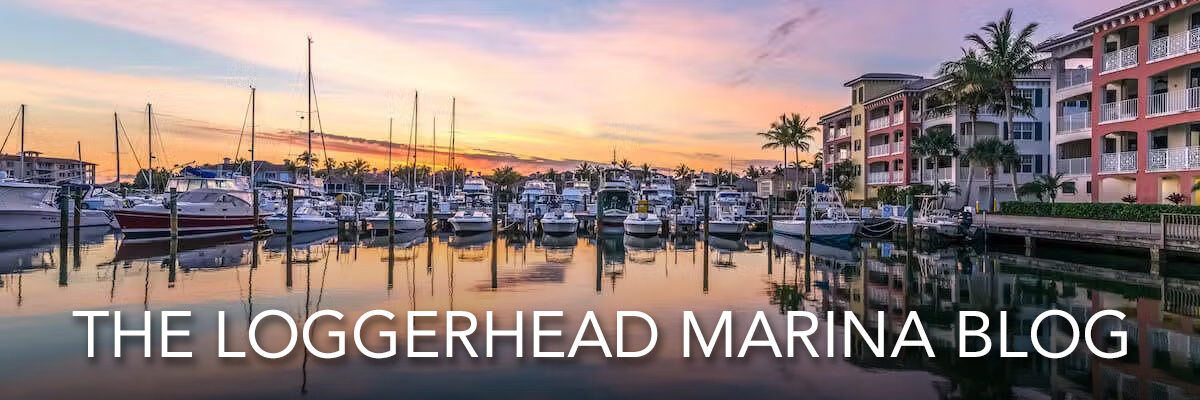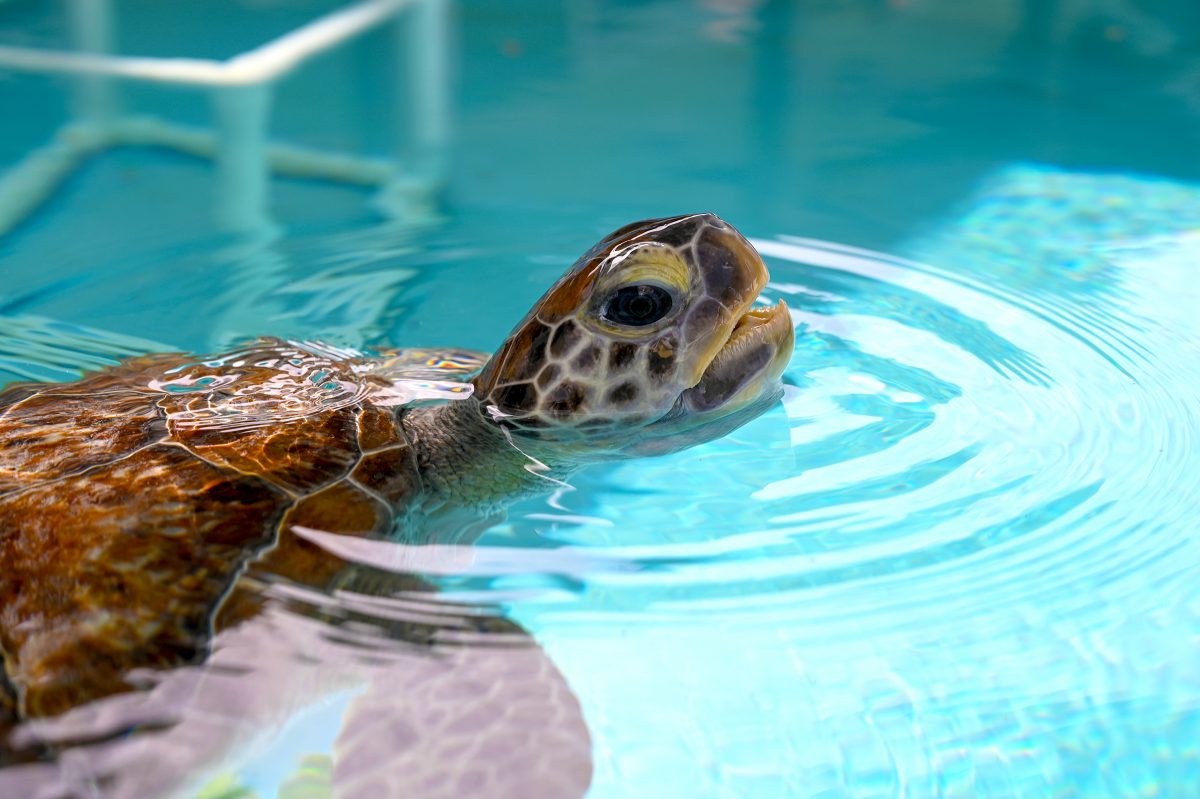Loggerhead Marinelife Center has a front row seat to one of the busiest nesting beaches in the world for sea turtles. The 9.5 miles of beach that we monitor and study sees nesting activity by three species: leatherbacks, loggerheads, and green turtles. From year to year, nesting counts can widely fluctuate in a natural cycle, but we are fortunate that all three species are stable or increasing in our region. However, this not always the case globally.
For hundreds of years, sea turtles have been hunted for their meat and eggs as food, and their shells have been harvested to create various products, ranging from decorative combs to eyeglass frames. Historically, they have been caught as bycatch, or unintended catch, in fishing industries that use trawling nets and longlines. In 1973, the Endangered Species Act was enacted to prevent extinction and promote recovery of imperiled species. A recent article published in PLOS ONE, titled Marine mammals and sea turtles listed under the U.S. Endangered Species Act are recovering, provided an in-depth evaluation of the success of conservation efforts in the United States.

All sea turtle species that we see in Florida’s waters are protected at the state and federal level, which often have separate conservation status designations that are separate from those in the Pacific Ocean. These protections prevent harvest of sea turtles and their nests and offer protection to nesting beaches. The science community and commercial fishing industry worked together over 60 years ago to invent the turtle excluder device (TED), which dramatically reduced sea turtle bycatch and net damage without reducing the targeted catch of the fishermen.
The impacts of this level of protection for species on the verge of extinction have been incredibly successful. In 1979, Florida had just 62 green turtle tests, and by 2015 that number increased to over 37,000. Last summer Loggerhead Marinelife Center researchers counted 1,729 green turtle nests on just 9.5 miles of monitored beach. Sea turtles are a critical part of the marine ecosystem both as predators and prey while also helping to provide food to beach- and shore-based predators and nutrients to dune plants. Each species of sea turtle has a unique diet. Leatherbacks feed on jellyfish, keeping their populations in check, and hawksbills feed on sponges on the reef, preventing competition with corals. Sea turtle hatchlings are also a food source for many animals including gulls and popular game fish such as dolphinfish and wahoo.
Sea turtles are still vulnerable to entanglement in derelict fishing gear, ingestion of plastic, and boat strikes; therefore, their continued protection is essential. At the Center, we are grateful for the collaboration with Loggerhead Marinas to help support our vital work to ensure days on the water are filled with wildlife, whether you are fishing, diving, or just cruising.
Photos courtesy of Andy Dehart
Andy Dehart
President & CEO
Loggerhead Marinelife Center


